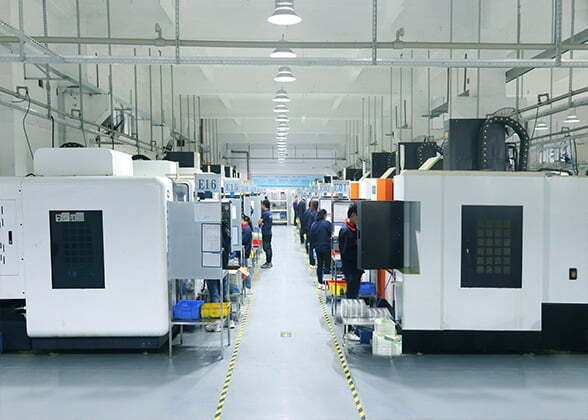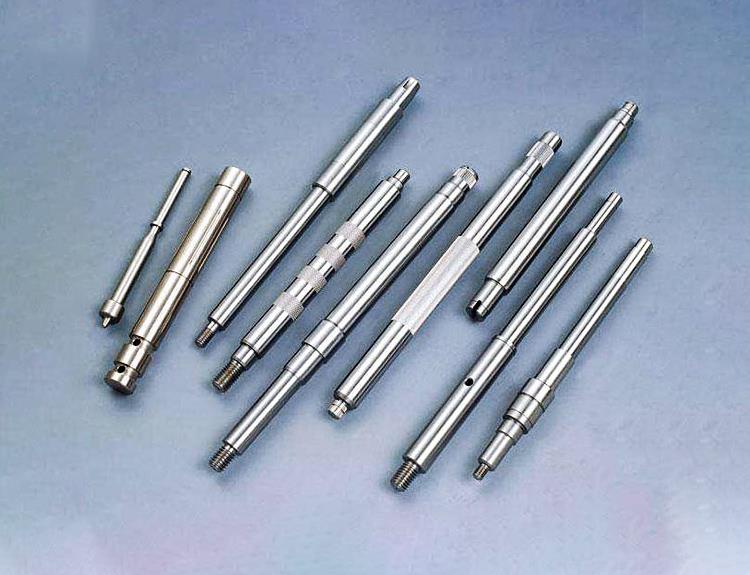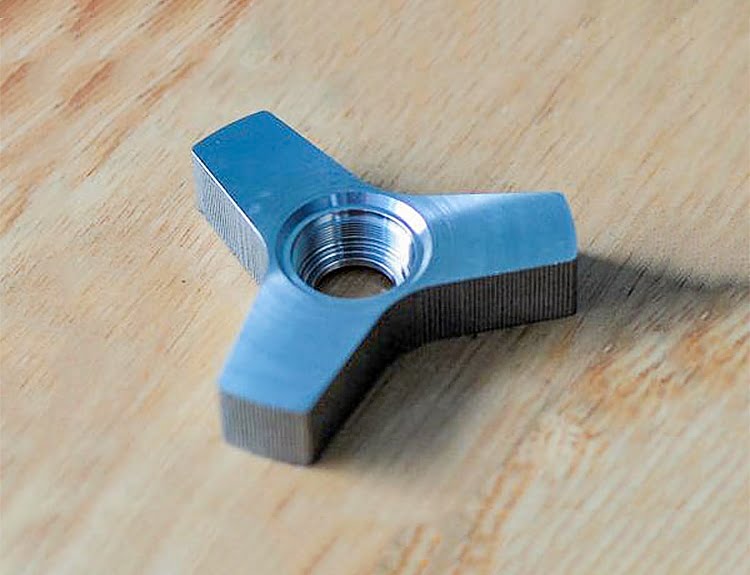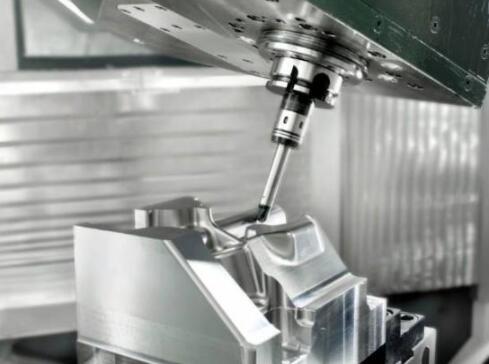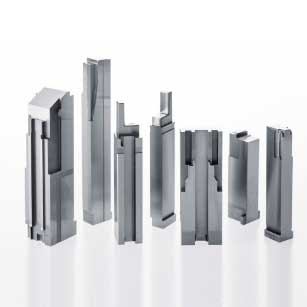Stamping is a forming process in which external forces are applied to plates, strips, tubes and profiles by means of presses and dies to produce plastic deformation or separation to obtain workpieces of the required shape and size, including punching, bending, drawing, forming and finishing processes. Stamping process, die, stamping equipment and stamping material constitute the three elements of stamping process, only when they are combined with each other can we get stamping parts. Precision hardware stamping parts can be divided into various types according to industry, usage and process characteristics.
- What are the common precision hardware stamping parts
1.1 Auto parts: mainly contains auto structural parts, auto functional parts, auto lathe parts, auto relays, etc.
1.2 Electronic parts category: mainly contains connecting devices, connectors, electric brush parts, electrical terminals, elastic parts, etc.
1.3 home appliance parts: mainly contains large appliance parts, such as color tube electronic gun parts, and small appliance parts, all kinds of structural and functional parts, etc.
1.4 IC integrated circuit lead frame: mainly contains discrete device lead frame and integrated circuit lead frame, etc.
1.5 Motor cores: mainly containing single-phase series-excited motor cores, single-phase household motor cores, single-phase shaded-pole motor cores, permanent magnet DC motor cores, industrial motor cores, plastic stator cores, etc.
1.6 Electrical cores: mainly containing E-shaped transformer cores, EI-shaped transformer cores, I-form transformer cores, and other transformer iron chips, etc.
1.7 Heat exchanger fins: mainly including industrial heat exchanger fins, household heat exchanger fins, automotive heat exchanger fins, etc.
1.8 Other parts: mainly including instrumentation parts, IT parts, acoustic and video parts, modern office parts, and daily hardware, etc.
- Advantages of precision stamping processing
2.1 High production efficiency of stamping processing and convenient operation make it easy to realize mechanization and automation. This is because stamping relies on the punching die and stamping equipment to complete the processing. The number of strokes of an ordinary press can reach dozens of times per minute, and the high-speed pressure can reach hundreds or even more than a thousand times per minute, and it is possible to get a punching part with each stamping stroke.
2.2 When stamping, as the die guarantees the accuracy of the size and shape of the stamped parts and generally does not damage the surface quality of the stamped parts, and the life of the die is generally long, the quality of the stamping is stable and interchangeable, and it has the characteristic of "one mould".
2.3 Stamping can produce parts with a large range of sizes and complex shapes, such as stopwatches for clocks and watches, longitudinal beams for automobiles, coverings, etc. Together with the cold deformation and hardening effect of the material during stamping, the strength and rigidity of stamping are higher.
2.4 Stamping is generally free of chips and scraps and consumes less material, and does not require other heating equipment.
- Common problems of precision stamping
The common problems of hardware stamping processing include: deformation and burr of precision stamping parts; crack, warpage, surface abrasion and corner deformation of bending parts; flange wrinkling, wrinkling of drawing wall, damage of drawing wall and pulling crack of deep-drawn parts; crack of flanging and uneven expansion etc.
Solutions to common problems: The mould design should have reasonable clearance value of convex and concave moulds, radius of rounded corners and machining accuracy, etc. When designing the bending die, take effective measures to reduce the springback and subtract the amount of springback from the die; design reasonable rounded corners to prevent bending cracks. When drawing deeper, use crimping ring to prevent wrinkling, and the pressure should be moderate; reduce the resistance of drawing deeper with proper lubrication to prevent the mould from sticking or making the workpiece pull through; use professional stamping oil that meets the requirements of the process.


